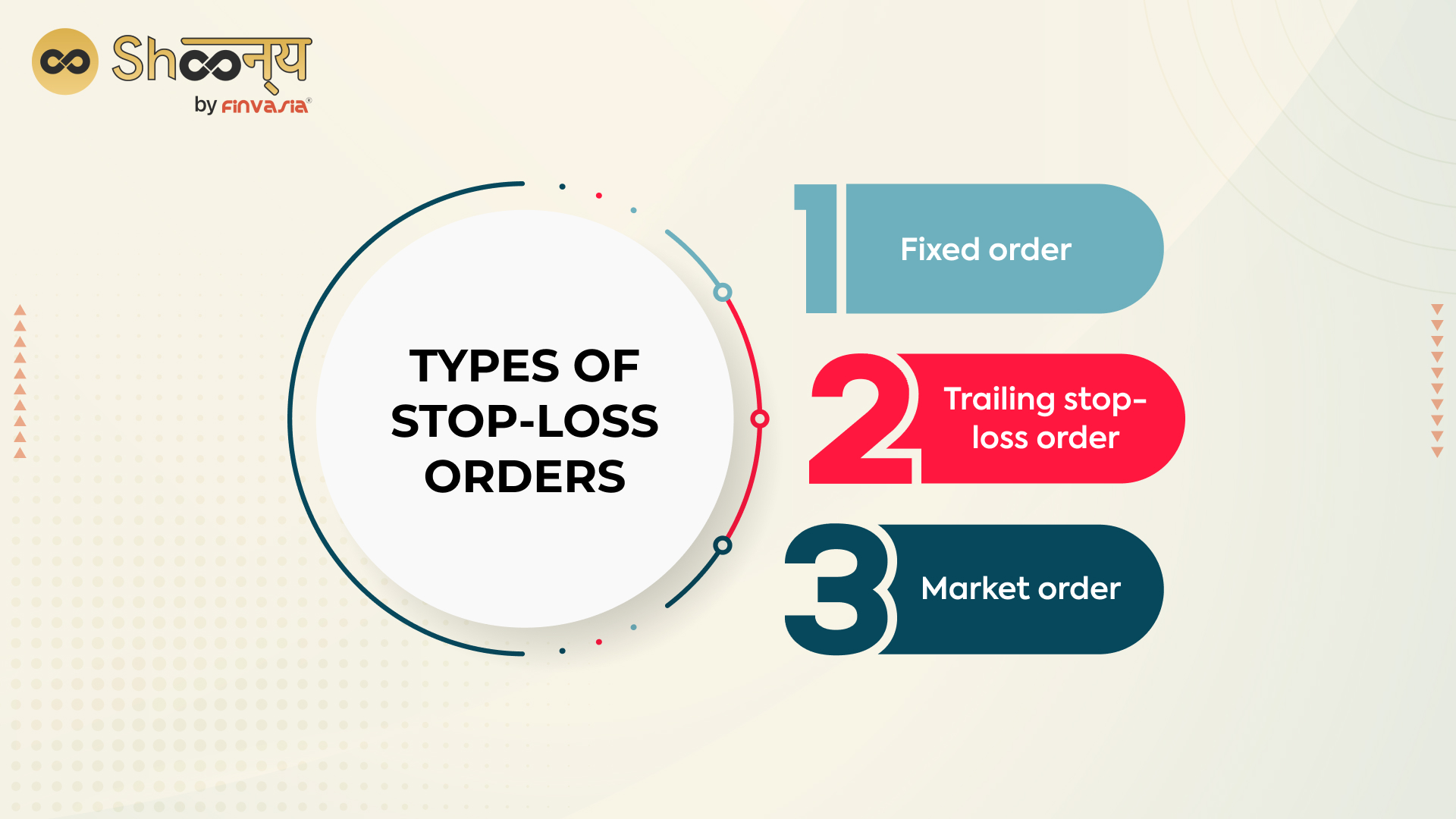What is a Stop-Loss Order?
A stop-loss order is a strategy for limiting potential losses when investing in the stock market. When you place a stop-loss order, you essentially set a price at which you want to exit from your holdings if the price falls below that level.
Assume you purchase shares of Tata Motors at Rs 400 per share, and you want to limit your potential losses to 10%. You can place a stop-loss order at Rs 360 per share. If the stock falls to Rs 200, your stop-loss order will be triggered automatically at Rs 360, limiting your loss to Rs 40.
Advantages of a Stop-Loss Order
- Flexibility: It allows you to set different stop-loss prices for distinct stocks based on your investment goals and risk tolerance.
- Risk management: It protects your investment from a significant loss in the event of a market downturn or unexpected event.
- Disciplined investment: By setting and adhering to a stop-loss price, you can avoid making impulsive or emotional investment decisions.
Disadvantages of a Stop-Loss Order
- Execution risk: A stop-loss order does not guarantee that your holdings will be sold at the exact price you specified in the order. If the market is volatile or trading is suspended, the execution price may differ significantly from the stop loss price, resulting in a considerable loss than expected.
- Missed opportunities: If the stock you hold experiences a temporary dip before rebounding, a stop loss order results in the premature sale of shares. For instance, suppose you purchased HDFC stock at Rs 1600 and set a stop loss at Rs 1550. After a few days of your holdings, HDFC shares fell to Rs 1500 and then surged to Rs 1650, so you will miss out on a great opportunity.
- Commission fees: Execution of stop loss comes with additional charges, increasing the loss amount.
Types of Stop-Loss Orders

- Fixed order: It is a pre-determined price level you set as the maximum amount you are willing to lose on a particular trade.
- Trailing stop-loss order: It is a stop-loss order that moves in line with the asset’s price movement. Suppose you have purchased shares of a company ABC at Rs 100. You believe that the stock has the potential to increase in value and want to maximise your profits. You also want to protect your investment in case the price drops. You can set a trailing stop loss order at 5%. If the stock price rises to Rs 105, the stop loss order will be raised to Rs 99.75 (5% below Rs 105).
- Market order: It is an order in which a trade is executed immediately at the current market price.
For example, suppose you own a stock currently trading at ₹100 per share and set a market stop loss order at ₹90. The share price falls to Rs. 90. Your shares will be now sold automatically at the best available market price, which could be Rs. 89 or Rs. 88 or even lower, depending on market conditions. If the stock falls and opens at 80, the order will be filled at the next available market price, which could be 80 or lower.
Final Words
Stop-loss orders can be a useful tool for managing risk and protecting investments. However, it is crucial to understand the potential risks involved with using a stop-loss order in trading.

